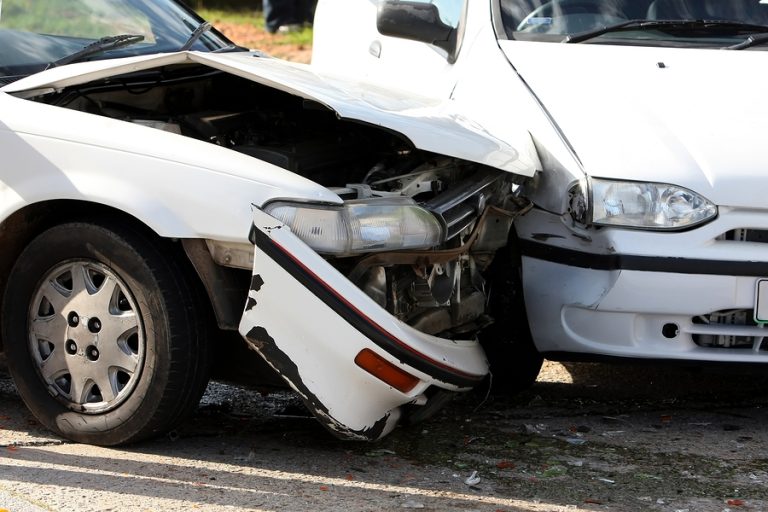While different personal injury cases call for different procedures and lengths of time to complete, if you look closely, there is a pattern across typical cases in California. Understanding the probable timeline of your own personal injury case can help you prepare for the journey ahead and get you a jumpstart on the groundwork it takes to bring a case to trial.
Days 1-30: Get Medical Treatment
On Day 1 of your accident, get medical treatment from an accredited health care facility that can document your injuries. If you wait to see a doctor for more minor injuries, the insurance adjuster and jury will have reason to believe you weren’t badly injured, and this can hurt your chances of receiving compensation. After you’ve seen a doctor and begun treatment, focus on finding a lawyer.
Choose a Capable Lawyer
The right lawyer makes all the difference in personal injury lawsuits. Decide on the right lawyer as soon as possible to begin the process toward filing a claim. An expert personal injury lawyer can guide you through each step, alleviate your concerns, give you good professional advice, and advocate for your case with aggressiveness and efficiency.
If you’ve broken a bone, you’re out of work for more than a few days, or if your medical bills are over a thousand dollars are good guidelines for whether your case needs a lawyer, is. You can hire a lawyer for any level of injury, but a minor claim is often possible without one – although you risk settling for less than you deserve.
Negotiate (or Don’t) With Insurers
From the very first day you get into an accident, odds are you’ll receive a call from an insurance company or insurance adjuster, whose job it is to speak with you and try to talk you out of filing a lawsuit. They will contact you and most likely offer you a quick settlement to avoid taking the case to court. Remember, though, the entire job of an insurance adjuster is to offer you the least amount of money to save their insurance company’s bottom line.
With an experienced personal injury lawyer, the costs of a trial may be well worth the amount you receive in compensations. You deserve compensation for your medical bills, present and future pain and suffering, emotional trauma, property damages, and more. Usually, a settlement offer from an insurance adjuster won’t cover half of what it should.
Days 30 to 135
It can take as long as a year to file a lawsuit and serve the defendant, but the sooner you can make this happen, the better. The defense then has an additional 30 to 60 days to respond, plus a 15-day extension. Once the defendant responds, you and your attorney will plan the deposition. This requires a great deal of preparation. After the deposition, if you and the defendant haven’t reached an agreement, the case will move to trial.
Days 135 and Beyond
Depending on the intricacies of your case, a trial could take one day or two months – or more if either party decides to make an appeal. If either party has decided on a jury, deliberations can take a few hours or several days. Once you both agree on a settlement, the court will disperse financial recoveries to the plaintiff within 30 days of a jury verdict. After subtracting all the fees, you’re free to take your compensation and begin to heal.
Get Help With Your San Diego Trial
The attorneys at Gomez Trial Attorneys are dependable, passionate, and efficient throughout personal injury cases and have won every type of award there is for law in the San Diego area. If you’ve been hurt in an accident and are looking for high-quality representation, contact us today for a free case evaluation.
Sources:
https://www.gjel.com/images/personal_injury_lawsuit_timeline_flowchart.pdf
https://www.alllaw.com/articles/nolo/personal-injury/timeline-accident-claim-case.html
https://www.nolo.com/legal-encyclopedia/timeline-personal-injury-lawsuit.html







